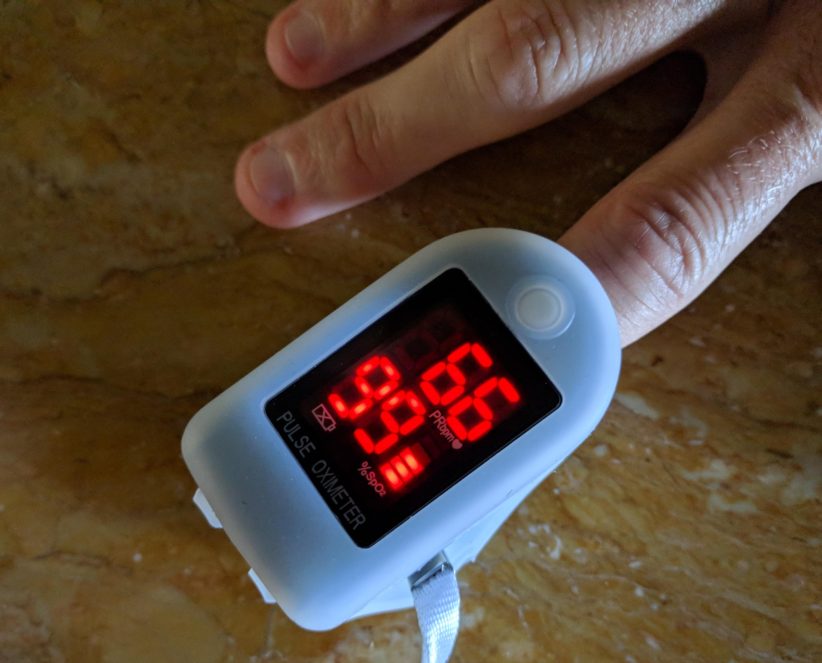This article is intended for the otherwise healthy patient under 50 years of age who thinks he may have contracted COVID. If you have a body mass index above normal, are diabetic, use an oxygen tank, or the number of medications you take exceeds the number of grandchildren whose names you can remember, this is not written for you (in fact, if you have grandchildren at all, this is probably not for you).
On every shift, I see a number of nontoxic-appearing younger patients with fever, body aches, and nonspecific viral symptoms concerned that they have COVID. I understand their concern and the reason they come to the emergency department (ED).
From a financial perspective, I ought to welcome these patients. Emergency department volumes across the country declined precipitously with the onset of the pandemic, and the numbers are barely starting to rebound. Why not see these patients in the ED?
From a resource utilization perspective, it's not the ideal place to test them. Hospitals continue to play catch-up, trying to obtain a regular supply of the right tests that provide reliable results, and even these have a long turnaround time. Some take over a week - by the time you receive the result you have already isolated for most of the 10 day period recommended by the CDC.
But what about that reliable one hour test they featured on the news? Unless your hospital had an existing relationship with that particular vendor before the pandemic, it is not in first position to receive these great tests when they become available or make the local headlines. Even great hospitals like mine find themselves having to steward the use of tests, and assembling a mish-mash of different tests from various manufacturers.
Realize that if you are among the walking well, at this point in time, the tests we can spare for you are the ones that take several days before results are available.
How can you tell if you are well enough to be at home? Certainly trust your gut - if you feel awful, come to the ED, we want to be there to evaluate you and look for signs of severe illness.
If you want to know what I look for as an emergency physician during the COVID pandemic, there are two details in your history that make a certain sphincter tighten in my nether parts:
- shortness of breath AND
- symptoms having begun about a week ago +/- 2 days
This is the period after infection when a subset of patients begin to drop their oxygen levels due to a severe viral pneumonia. When an otherwise well-appearing person drops to an oxygen saturation of 94% or less, I start to worry. Often I'll ask the patient to take a couple of laps around the hallway accompanied by one of our emergency techs in order to see if that oxygen level drops further with minimal exertion.
Those are the subset of the worried well I am looking to identify.
If you show up in the ED, especially if you are financially savvy and have an HSA, odds are your deductible and copay will be high.
My frugal insider tip for you: If you feel like you've been hit by a lousy cold but otherwise are doing okay, why not go online to purchase a pulse oximiter? You can purchase a fingertip pulse oximiter, a thumb-sized digital device that interprets your oxygen level, for about $25 on Amazon.
It's obviously not intended to substitute for the clinical judgment of a trained professional, but for a patient who "just wants to know" if he has contracted COVID, it might save a potentially pricey trip to the ER, avoid exposure to other peoples' cooties, and allow you to divert to one of the many public testing centers with drive-by swab testing that might be a more appropriate use of resources.
Please do not mistake some anonymous dude's musings on the interwebs as professional advice tailored to your unique health situation.

